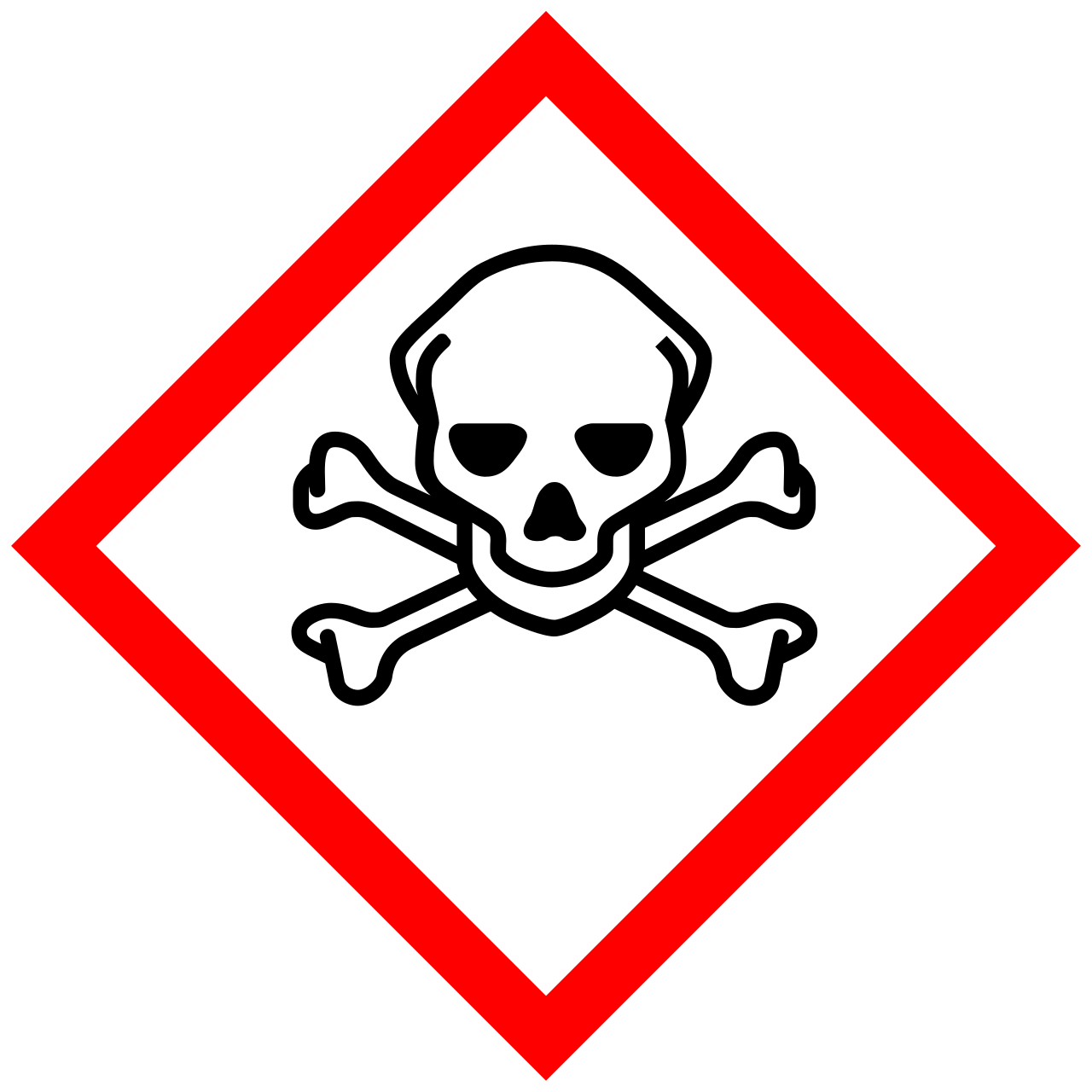What you should know about your turnout gear and cancer.
The Danger Doesn’t Stop When The Fire Is Out.
Learn More
Years of research have clearly documented firefighters’ exposure to carcinogens in all phases of fire response, including overhaul. Recent studies have also explored the combustion of all the new synthetic products present in homes, cars and factories.
It is important to note that carcinogen exposure does not require visible smoke. Chronic exposure to heat, smoke and toxicants puts firefighters at higher risk for developing cancer when compared to non-firefighters.
It is important to note that carcinogen exposure does not require visible smoke. Chronic exposure to heat, smoke and toxicants puts firefighters at higher risk for developing cancer when compared to non-firefighters.
On The Scene
When responding, firefighters are constantly exposed to carcinogens. A wide range of chemicals have been detected in smoke and soot during fire suppression and overhaul. These contaminants completely penetrate personal protective equipment (PPE) and the gear you use on a fire. And they remain there until washed off.
Back At The House
Contaminants that firefighters encounter during fire responses can be tracked back to the fire stations. These lingering contaminants can lead to additional exposures if firefighters do not perform preliminary exposure reduction – these contaminants can spread to the apparatus’ cab and back to the fire station.
The List
From SVOC to PFAS, the list of carcinogens and other toxins firefighters are exposed to on the job is long and terrible. Through lab testing, our liquid CO2 process has been proven to dramatically reduce all of these. This list was compiled by NFPA, EPA and other organizations.

Arsenic
Cancers of the skin, lung, and liver.

Asbestos
Cancers of the lung, larynx, and mesothelioma.

Benzene
Leukemia.

Benzo[a]pyrene
Cancers of the lung, bladder, and skin.

1,3 Butadiene
Blood cancers.

Cadmium
Lung cancer.

Formaldehyde
Nasopharyngeal cancer.

Radioactivity
(gamma activity)
(gamma activity)
All cancer sites combined.

Radionuclides
(alpha & beta emitting)
(alpha & beta emitting)
All cancer sites combined.

Silica
(crystalline)
(crystalline)
Lung cancer.

Sulfuric acid
Laryngeal cancer.

TCDD
(2,3,7,8-Tetrachlorodibenzo-p-dioxin)
(2,3,7,8-Tetrachlorodibenzo-p-dioxin)
Lung cancer, non-Hodgkin lymphoma, sarcoma; all cancer sites combined.
Is there any wonder that in 2022 the IARC classified occupational exposure as a firefighter as “carcinogenic to humans”?
How To Fight Safely
But there is something you can do to fight the effects of carcinogens on the job. To protect yourself from exposure, the following actions are recommended:
Following these steps is the safest way to fight fires.
Following these steps is the safest way to fight fires.


